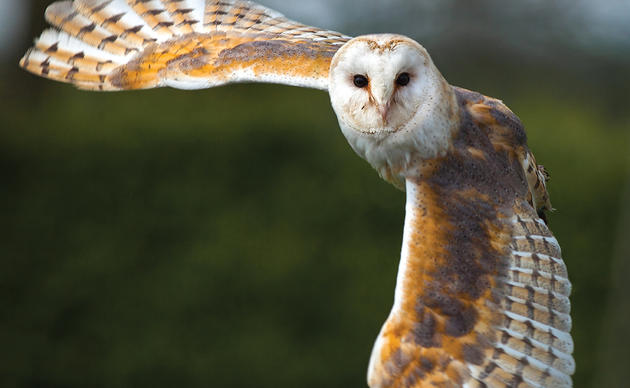The Nov. 3 comment period is now over with more than 1,000 people taking action. Stay tuned for more ways to speak for birds on the Cape Fear River.
A proposed expansion at the Port of Wilmington would do irreversible harm to birds and their habitat on the Cape Fear River, while bringing no economic benefits to the community.
Audubon monitors and manages a network of low-lying bird nesting sanctuaries on the lower portion of the Cape Fear River. These islands already suffer from erosion caused by rising seas and ship wakes, which crash like tsunamis on the shore. The port expansion would dramatically worsen these impacts—while doing nothing to improve habitat for birds.
The Cape Fear River nesting islands host about 30 percent of the state’s nesting coastal waterbirds, including American Oystercatchers, Brown Pelicans, and White Ibis. Nearly all of the over 25 species at risk from this project are state species of greatest conservation need, meaning they are already in danger of serious decline and need more conservation support, not less.
That’s why we're activating of our members to submit public comments and advocate to protect one of the most important nesting sites for waterbirds in North Carolina. We’ll be following the project as it proceeds through the review process and will let you know when it’s time to take action again. If you haven't already, sign up for our action alerts here.
Threats to Birds
Wilmington Harbor can already accommodate the large vessels the project is designed for, and the amount of cargo coming into the port isn’t predicted to change.
The port proposal would deepen the river channel from 44 to 49 feet at its entrance and from 42 to 47 feet at the port, widen some parts of the channel by as much as 560 feet, and extend the entrance further offshore. Low-lying islands in the river provide nesting habitat for many bird species, but they are already eroding due to wakes from container ships, storms and rising seas.
The project would worsen these impacts by:
- introducing heavier ships and larger wakes into the river, which erode nesting islands
- increasing overwash of nests, which happens when large wakes rush up shore and wash away eggs and chicks
- deepening the channel, which increases overall wave energy in the river, making erosion worse
- increasing coastal flooding for human communities and destroy over 1,000 acres of wetlands that support bottomland forest birds, fisheries, water quality, and recreational opportunities. Bottomland swamps that support birds like Prothonotary Warblers are at particular risk of being converted to brackish or saltwater marshes, destroying their already scarce habitat.
The project also has the potential to expose birds and people to dangerous PFAS (“forever chemicals”) through dredging and disposal of sediment that has been contaminated with these toxins for the last 50 years.
No Benefit
The navigation channel already accommodates the large ships this project is designed for and the amount of cargo coming into the port isn’t predicted to change. The only economic savings identified in the draft environmental assessment benefit private shipping companies, not the NC Ports Authority, coastal economies, or the people of North Carolina.
The Corps has failed to fully evaluate the project’s long-term costs, including the need for more frequent maintenance dredging and flood mitigation for human communities.
The proposed Wilmington Harbor expansion would cause irreversible and costly harm to the Cape Fear River, its wildlife, and surrounding communities, all without a proven public need. That’s why we’re urging the U.S. Army Corps of Engineers to protect, don’t deepen, the Cape Fear River.




